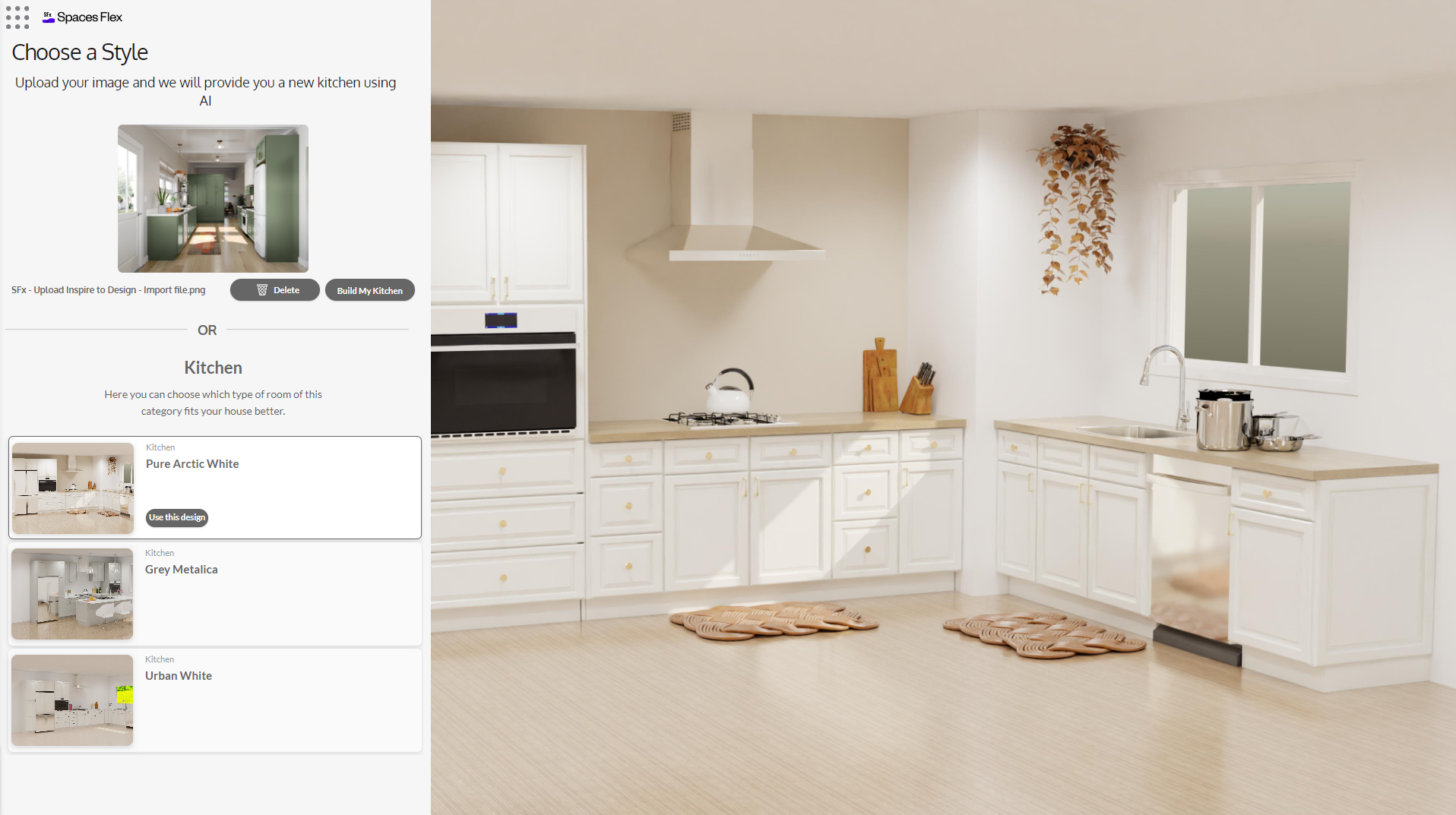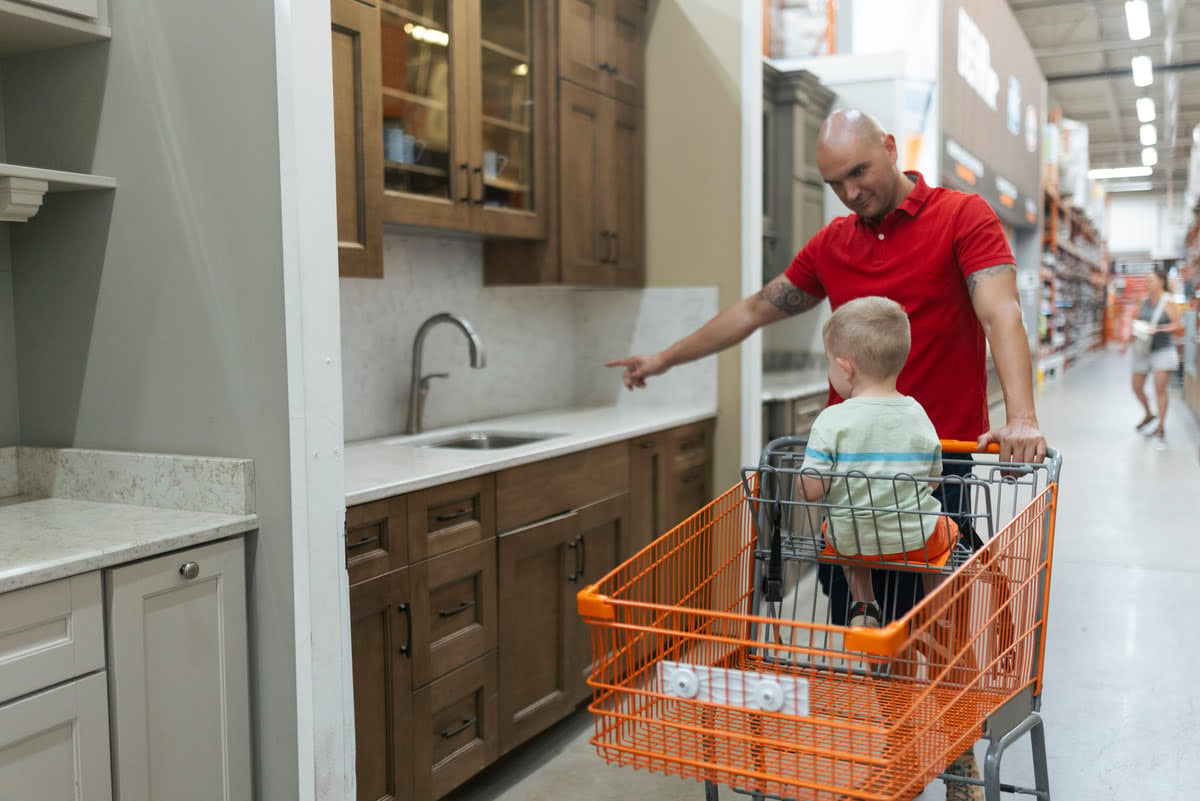Continuing my journey with the CKCA: Technology and the future of manufacturing
Cuisine Fabrication

Joerg Brauns

The Canadian Kitchen Cabinet Association (CKCA) is the voice of the Canadian kitchen cabinet industry – one that connects members to inspire progress, innovation and quality. It’s an important group that helps suppliers and manufacturers grow their businesses and maintain quality. That’s why I’m so happy to be kicking off my second three-year term on the Board of Directors.
The milestone has me reflecting on changes in the industry, and how my colleagues and I can help our members make progress in the coming years.
The current Board consists of cabinet manufacturers who know their market well. As the sole member representing a technology company, it’s my duty to share how advances in software and automation can contribute to members’ success.
From my experience working with manufacturers across North America, two significant challenges are now colliding: fast-changing consumer preferences and persistent shortages of skilled labor. These dynamics are creating an even stronger need for manufacturers to automate and offer greater customization and integration.
Consumers today have expectations for customization and immersive design experiences. They want more options and expect high-quality, attractive products at the retail level. At the same time, the shortage of skilled labor is driving greater automation in processes throughout the manufacturing sector. Manufacturers are investing in more advanced machines, robotic materials handling, and autonomous logistics. These machines and robots need to be orchestrated, driving the need for data integration across the entire organization.
Given these challenges, technology plays a pivotal role in helping manufacturers stay competitive. Many members already use the Design Flex Catalogs to showcase their products and configurations. Some are on Ideal Spaces to provide design configuration. But technology goes deeper – and Cyncly is now in a position to connect the end-to-end consumer journey. Solutions like Manufacturing Execution Systems (MES), Enterprise Resource Planning (ERP), and visual Configure Price Quote (vCPQ) software are all essential in connecting the full consumer journey and all the business processes that enable manufacturers to fulfill customer orders—from design and sales to manufacturing.
At Cyncly, we have been at the forefront of providing these critical technology solutions. Earlier this year, we began offering 3CAD, our leading vCPQ solution, in North America to help manufacturers streamline the sales-to-production process in a single cloud platform. This solution, already implemented over 600 times across EMEA, helps manufacturers grow sales, reduce errors, and cut lead times for both standard and custom products.
During my first term on the CKCA Board, I had the privilege of building meaningful relationships with our members, learning about their unique challenges and priorities, and sharing insights on the evolving role of technology in our field. It’s been rewarding to witness the ways our collaboration has helped shape strategies and solutions that benefit manufacturers across Canada. As my second term kicks off, I look forward to many more productive discussions!
To learn more, visit our kitchen and manufacturing industry pages to find the right design software for your needs.
Related blogs

Comment l'IA de Cyncly transforme la conception et la vente de cuisines
19/02/2025
Cyncly fait progresser l’IA pour la conception de cuisines et de salles de bains avec Spaces Flex Inspire Image-to-Design.

Créer une culture d'amélioration continue pour les cuisinistes
28/01/2025
Découvrez l'importance d'une culture d'amélioration continue pour les détaillants de cuisines et apprenez comment favoriser une telle culture pour atteindre l'excellence opérationnelle, avec des exemples d'améliorations significatives.

Cinq façons pour les grands distributeurs de se démarquer sur le marché concurrentiel de la cuisine
16/12/2024
Wynn Grubbs présente cinq façons pour les grands distributeurs de se démarquer sur le marché concurrentiel de la cuisine. Ces approches impliquent l'adoption de technologies et de stratégies qui favorisent l'innovation, l'engagement des consommateurs et l'efficacité opérationnelle, sans augmenter de manière significative leurs coûts d'exploitation.